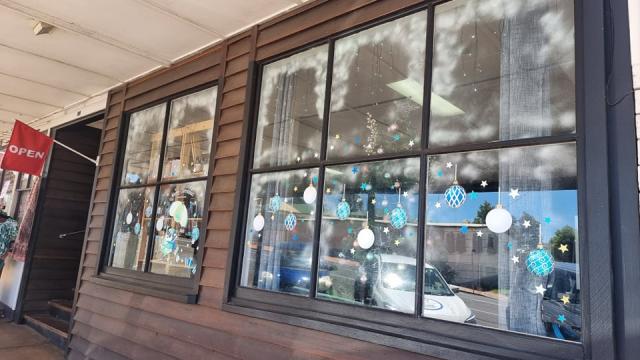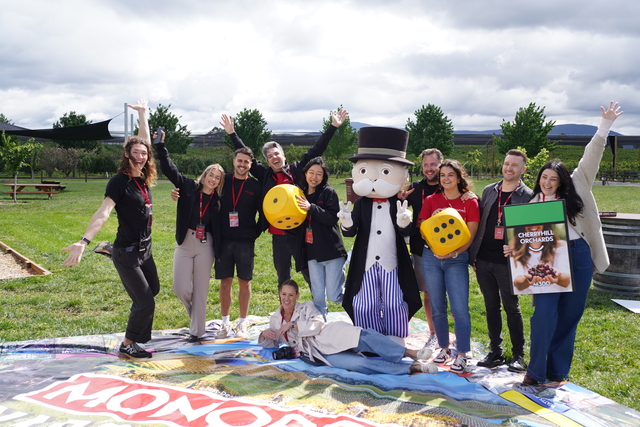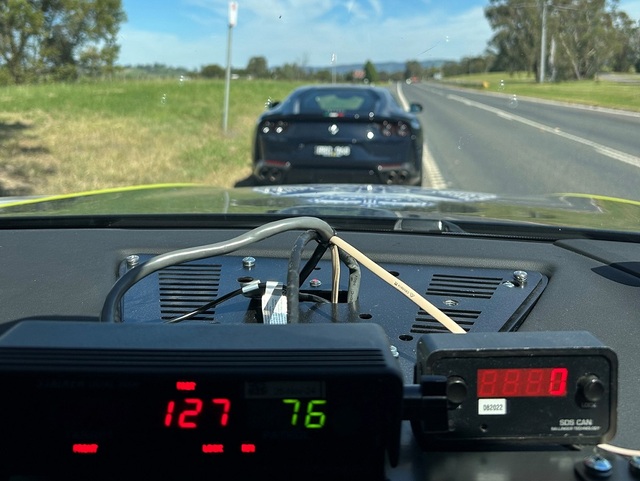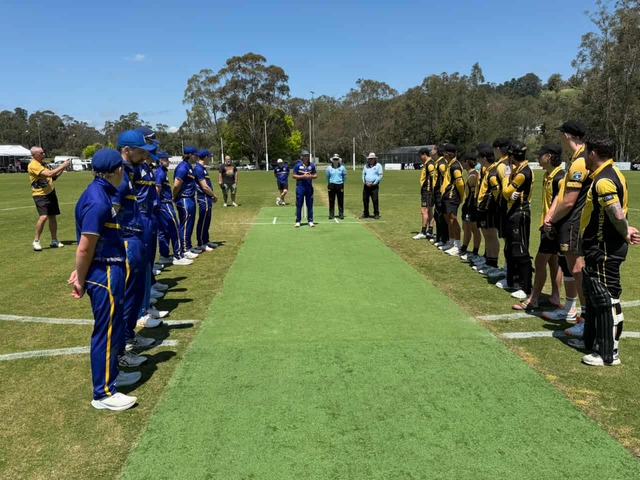By Kath Gannaway
YARRA Ranges residents have an opportunity to have a say on the electoral shape of the shire for the next eight years under a review by the Victorian Electoral Commission.
The number of councillors, whether the shire should remain in wards and changes to ward boundaries are three of the issues to be addressed under the review which aims to provide fair and equitable representation for Yarra Ranges voters.
The review will start with information sessions in Upwey on 21 August and Lilydale on 23 August.
Yarra Ranges is currently divided into nine wards with a single councillor representing each ward.
Yarra Ranges mayor Tim Heenan encouraged residents to be involved in the review process and said the shire will be making a submission supporting retention of the current structure.
“The council believes all residents are fairly and equitably represented on the basis of the existing nine individual councillor wards,” Cr Heenan said.
While there is an opportunity for the VEC to recommend an increase in the number of councillors – up to 12, there is also an option of fewer wards with fewer councillors.
The most dramatic change would be to do away with the ward system in favour of one ‘universal’ shire.
VEC information officer Paul Thornton-Smith told the Mail a number of rural shires such as Wangaratta, Shepparton and Wodonga are unsubdivided.
A profile of Yarra Ranges Shire shows that although the rural O’Shannassy and Ryrie wards, and parts of some of the Dandenong Ranges wards make up a massive geographical component of the shire – around 70 per cent of the population lives in the three per cent of the shire’s ‘urban’ areas.
Di Moore served as a councillor in both the Shire of Healesville and the Shire of Yarra Ranges.
She said while she supports the ward model there may be benefits also in having all councillors representing all residents in an unsubidivided shire.
“Whichever way you do it, if councillors take their role seriously there is a huge amount of work involved.
“Councillors are elected to represent all voters but you don’t always get that.
“If people who were elected in an unsubdivided municipality took that role seriously there might well be value in that.
“They would certainly have to familiarise themselves with the whole shire.
“If you didn’t get people who were prepared to do that you could have a problem.
“You have about 40,000 to 45,000 ratepayers who live in the rural, environmentally sensitive part of the municipality and chances are that whatever number of councillors you had, most would be from the ‘urban’ part.
“It could be quite a worrisome thing if you had all your representatives elected from around Lilydale.”
Another possibility is a reduction in the number of wards, from nine to say three with four councillors in each, or four with three councillors in each.
This would hark back to the former shires’ model where there were multiple councillors representing each ward.
Mrs Moore said while she believed it was more likely the number of councillors would be reduced than increased, she agreed there could be benefits in constituents having access to two or three rather than just their one ward councillor.
Mr Thornton-Smith also said there were arguments for and against the ward/unsubdivided models.
“With unsubdivided shires all voters get a chance to vote for all the candidates and there is a tendency for candidates to focus on the shire as a whole rather than on one particular part.
“On the other hand it’s possible by having wards your local councillor is very accessible and knows the issues of your particular area.”
Another consideration taken into account was community interest, Mr Thornton-Smith said.
He said the information sessions aimed to inform people about the process for the review and to invite submissions.
He said it was important that people not only let the VEC know what they would like to happen, but most importantly, why.
Information meetings will be held at 7.30pm at Burrinja in Upwey on Tuesday, 21 August, and at the Shire Offices in Lilydale on Thursday, 23 August.
Further information is available from the Victorian Electoral Commission on 13 18 32.
Shire spotlight
Digital Editions
-
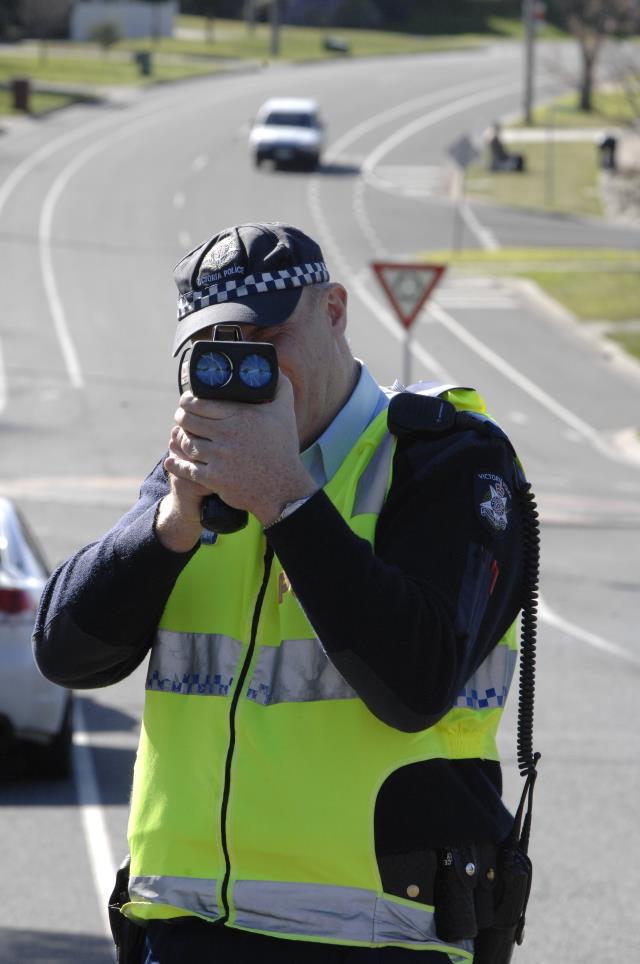
Over 6600 offences detected by Operation Furlong
More than 6600 offences were detected by Victoria Police during Operation Furlong over the Melbourne Cup long weekend. The statewide road policing operation saw police…

